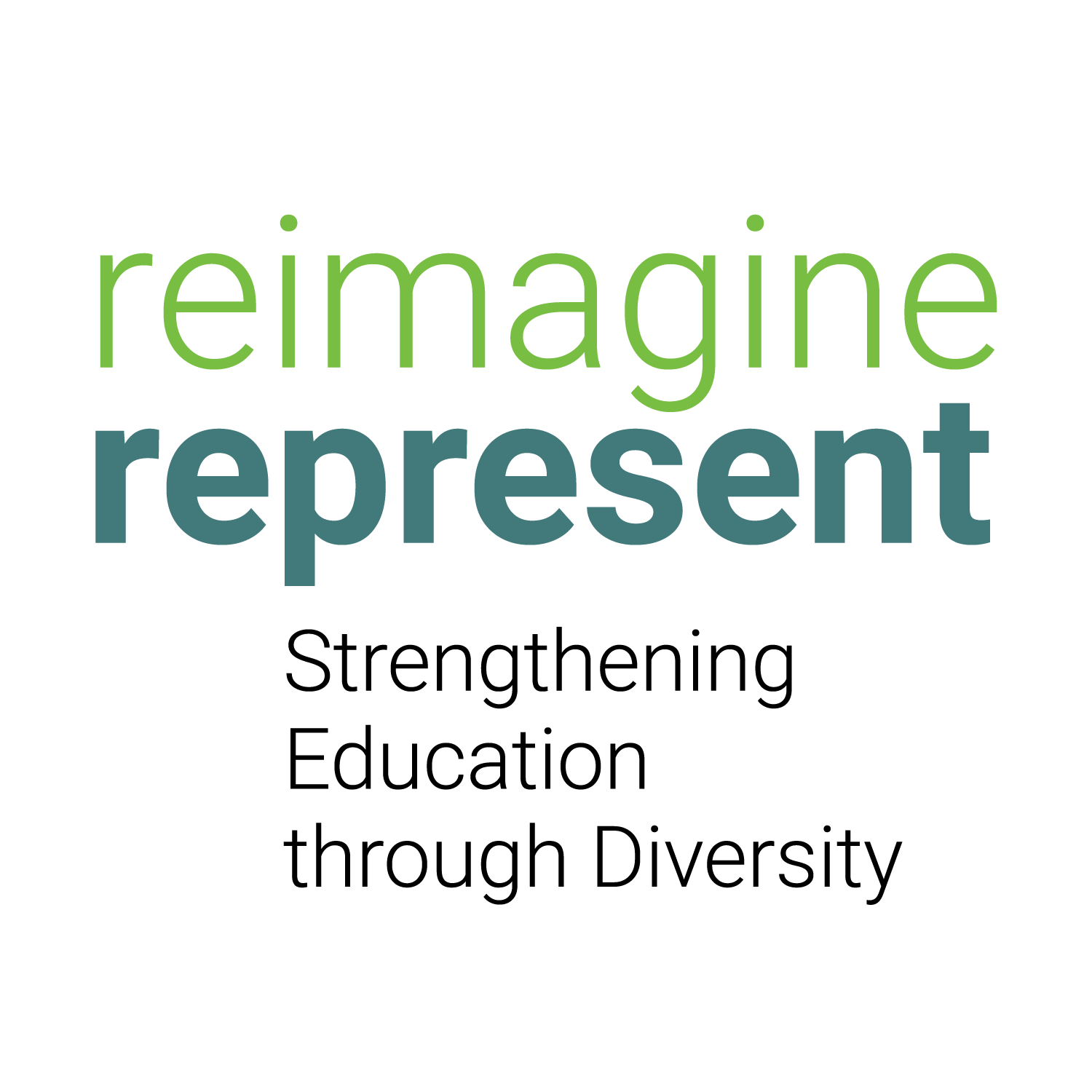America’s teaching workforce does not reflect our incredibly vibrant and diverse student population. Educators, leaders, and allied organizations have joined forces to make a very clear and public statement: Increasing diversity in our teaching workforce cannot wait. We must act now.
Check out our coalition’s Call to Action below and add your name as a co-signer!

A problem we face in our public schools is the wide diversity gap between our student and teacher populations. Despite ample research that outcomes are improved for all students, especially for students of color, when they have a diverse set of well-prepared teachers in front of the classroom, four out of five teachers identify as white and 77% are female, while more than half of public school students are students of color.
The problem is cyclical. In order to recruit a more diverse teaching workforce, we need more diversity in front of the classroom as role models so students of color and young men see teaching as a valued and viable career option.
Opportunities for a diverse workforce narrow again after high school. While college enrollment rates for students of color have increased over the years, data still shows that students of color are less likely to graduate than their white counterparts, due to a variety of factors including poor academic preparation and insufficient financial resources to cover the costs of higher education.
Those who successfully make it through a teacher preparation program too often find that they have not been sufficiently prepared to meet certification requirements or the full range of their students’ academic, social, and emotional needs. A recent study showed that compared to the 75% of white teacher candidates who pass the most commonly required elementary content licensure exam, only 38% and 57% of Black and Latino candidates respectively pass.
And finally, additional barriers emerge even after new teachers of color receive their credentials. Explicit and implicit bias impacts the hiring process, placement, career advancement and professional experience. Teachers of color are far more likely to be placed in the most challenging teaching positions in schools with high attrition rates and are less likely to feel valued by their colleagues.
Our vision is an education system that is no longer a reflection of our nation’s history of racism and oppression – a history that has created and perpetuated inequities, including the lack of diversity that currently exists in classrooms across the country. We envision a society that not only values and uplifts the teaching profession, but is committed to ensuring that each and every student is able to see him or herself reflected in his or her teachers. We see a country where students of color attend and complete college just as often as their White peers and have opportunities to be trained at high-quality teacher preparation programs that are committed to preparing them to be excellent educators who inspire their students to want to become teachers.
Our recommendations to ensure the highest quality education for all students are:
- We must improve teacher preparation and placement to ensure all students have access to a well-prepared and diverse teaching staff by:
-
Providing prospective teachers easy access to relevant and reliable information, about teacher preparation programs and their success in preparing and placing their teacher candidates, disaggregated by race and gender
-
Using data to identify struggling preparation programs, to better understand their challenges, encourage and support them to improve quality and increase accountability for their results
-
Ensuring all teacher preparation programs prepare prospective teachers for all aspects of teaching, from meeting certification standards to navigating the challenges of the modern classroom
-
Training teacher preparation program faculty and prospective teachers in culturally responsive pedagogy to better understand and value their students’ unique identities
-
Working to eliminate bias in the certification process, while maintaining a high bar for entry, and including evidence-based measures tied to student outcomes for all prospective teachers
-
Putting systems in place to eliminate biases in hiring practices that prevent underrepresented groups from serving in schools
-
Ensuring prospective teachers are able to select from multiple, high-quality preparation pathways that meet their needs
-
-
We must keep talented and diverse teachers in the teaching profession by:
-
Giving all teachers structured support from their peers early in their careers, including opportunities that allow educators with similar backgrounds who encounter similar challenges to learn from each other
-
Creating teacher leadership pipelines that provide career and professional growth opportunities
-
Making all schools inclusive environments that acknowledge, respect, and celebrate all students and teachers identities
-
Providing all teachers and school leaders with access to supports and training to reduce bias among their staff, their students, and themselves
-
Developing compensation structures that reward teachers serving in hard-to-staff schools and subject areas, and those who take on additional responsibilities in order to make teaching a more attractive and financially feasible career option for a broader set of candidates
-
Ensuring that there are no racial or gender disparities in teacher compensation
-
Creating a national, real-time system for tracking teacher supply and demand, making it possible to prevent shortages and encouraging more strategies that focus attention on chronic shortages in specific areas and across underrepresented demographics
-
-
We will increase recruitment of teacher candidates from underrepresented backgrounds by:
-
Increasing teacher compensation so that salaries of educators are competitive with comparable professions in the same community
-
Ensuring students of color see teachers of color in front of their classrooms and leading their schools, so that they will see teaching is a viable profession
-
Providing students in middle and high school with learning opportunities that foster their interest in the teaching profession
-
Targeting outreach to communities underrepresented in the teacher workforce and making potential teachers, from current students, paraprofessionals, to mid-career individuals, aware of the opportunities to build a career in education
-
Reducing the financial hardships for prospective and early-career teachers, such as those associated with program tuition, housing, transportation, and certification
-
As educators, education leaders, and organizations committed to educational equity, we believe that the principles illustrated above will move us towards a teaching workforce that is as diverse as our student population, and will ultimately improves educational outcomes for all students. We call on our school districts, states, and federal government to take bold action to join us as partners to make that a reality.
Co-Signers
- Center for American Progress
- The Center for Black Educator Development
- Data Quality Campaign
- Deans for Impact
- The Education Trust
- Education Reform Now
- Educators for Excellence
- National Association of Secondary School Principals
-
National Center for Learning Disabilities
-
National Center for Teacher Residencies
- National Council on Teacher Quality
- National Urban League
- New America, Education Policy Program
- Students for Education Reform
- TEACH
- Teach For America
- Teach Plus
- TNTP
